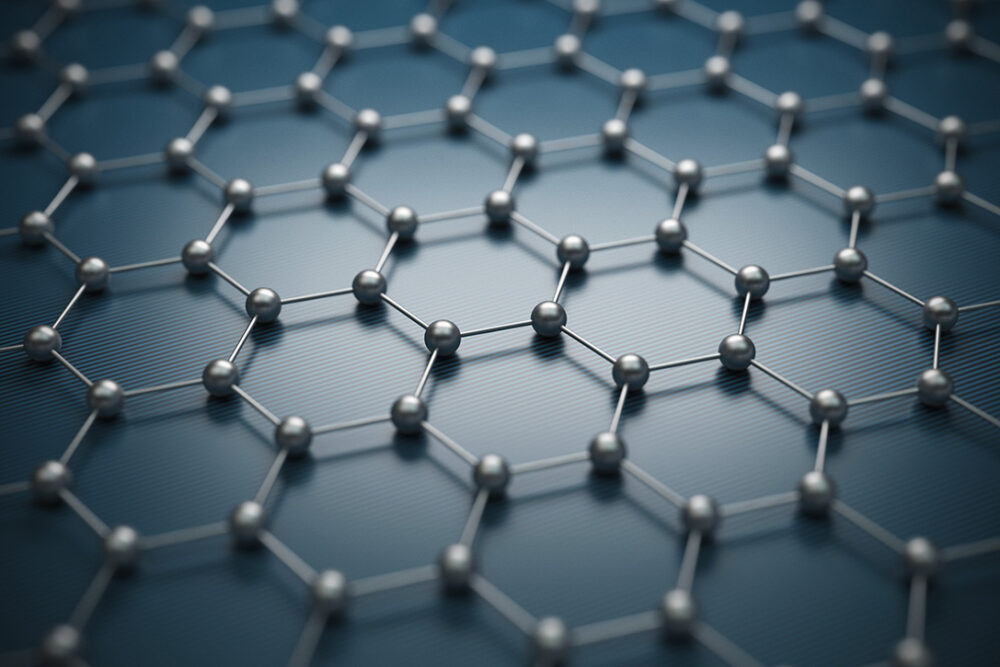In the hierarchically stratified territory of materials science, graphene has ascended to a prominent position, often heralded as the quintessential two-dimensional (2D) material. Yet, to regard graphene as the sole inhabitant of this ethereal plane would be a gross oversimplification. The exploration of two-dimensional materials has unveiled an astonishing array of counterparts that not only challenge graphene’s supremacy but also contribute to the extensive tapestry of material science.
The Genesis of Two-Dimensional Materials
Graphene, a single layer of carbon atoms arranged in a honeycomb lattice, was isolated in 2004 and has since captivated researchers across multiple disciplines. Its extraordinary properties—including exceptional electrical conductivity, remarkable mechanical strength, and impressive thermal conductivity—have prompted myriad applications, from flexible electronics to high-performance composites. However, this remarkable genesis sowed the seeds for further inquiry into the diverse realm of 2D materials.
As scientists peeled back the layers of conventional materials, they unearthed a veritable treasure chest of 2D compounds. Transition metal dichalcogenides (TMDs), black phosphorus, and various other layered materials have emerged, each possessing distinctive attributes akin to the myriad colors in a painter’s palette. Some, like molybdenum disulfide (MoS2), exhibit excellent semiconducting properties, while others may excel in light absorption or offer peculiar magnetic phenomena.
The Diverse Spectrum of 2D Materials
The exploration of two-dimensional materials extends far beyond the confines of carbon. TMDs, such as tungsten diselenide (WSe2) and titanium disulfide (TiS2), exemplify a category of layered materials characterized by their unique band structures. These materials can be manipulated to exhibit either semiconducting or metallic behavior, depending on the number of layers and external conditions—much like a chameleon altering its hue to blend into its surroundings.
Moreover, black phosphorus, often feted as “phosphorene” when reduced to its monolayer form, possesses an intriguing anisotropic electrical conductivity and tunable bandgap, rendering it a potent candidate for applications in photodetectors and transistors. The complexity of these materials suggests that the landscape of 2D materials is as intricate as an intricate mosaic, where each shard contributes to the overall grandeur without losing its individuality.
Beyond Graphene: A Comparative Analysis
While graphene is often lauded for its unparalleled properties, a comparative review reveals that certain 2D materials possess advantages in specific domains. For instance, compared to graphene’s near-zero bandgap and non-rectifying characteristics, TMDs like MoS2 can be engineered to possess significant bandgaps—stimulating interest for applications in next-generation transistors. Here, an intriguing metaphor unfolds: just as a composer artfully orchestrates various instruments to create a symphony, researchers combine different 2D materials to harness their collective properties in transformative ways.
This harmony within material hybrids illustrates another pivotal aspect of 2D materials: vertical and lateral heterostructures. By stacking different materials atomically, scientists create van der Waals heterostructures that combine the unique features of individual components, yielding unprecedented functionality. In this molecular marriage, one could envision that the whole transcends the mere sum of its parts, offering innovative solutions across diverse technological realms.
The Challenges of Two-Dimensional Materials
Yet, this exhilarating exploration is not without its challenges. The quest for scalable synthesis methods remains at the forefront of material science. Although graphene can be synthesized via techniques such as chemical vapor deposition (CVD) and liquid phase exfoliation, similar protocols for other 2D materials are often more intricate and less reproducible. Often the ‘holy grail’ of material science entails the quest for controllable synthesis—striking a delicate balance between performance and manufacturability.
Furthermore, the stability and integration of 2D materials into existing technologies provoke considerable concern. The desire to discover how these materials interact with their environments poses both a scientific hurdle and an opportunity for innovation. Ensuring robustness under operational conditions is imperative for commercial viability, thus necessitating extensive research into the reliability and durability of these materials in practical applications.
A Glimpse into the Future
As we peer into the horizon of materials science, it becomes increasingly clear that the catalogue of 2D materials is dynamically evolving. From the metalloid qualities of graphyne to the magnetic properties of 2D ferromagnets, the scientific community is poised at the precipice of discovery. The ability to manipulate properties at an atomic level prompts exhilarating speculation about future applications—touching upon realms such as quantum computing and advanced optoelectronics.
Thus, while graphene may currently hold the crown as the most celebrated 2D material, it is by no means the solitary star in this dazzling firmament. The horizon is teeming with potential, heralding a future wherein the symbiosis of various 2D materials may yield innovations and breakthroughs yet uncharted. The world of two-dimensional materials beckons us forth, instilling a sense of wonder and possibility akin to gazing into an endless cosmos, wherein every discovery unveils a new constellation of ingenuity.












